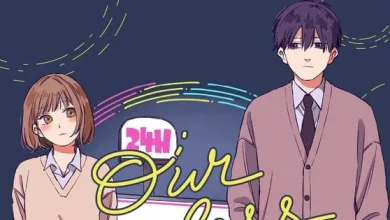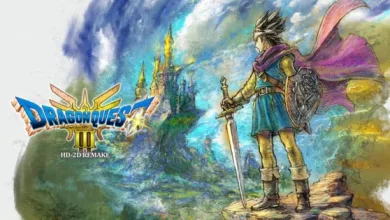River’s Edge Manga Review – Review

For most of us who have lived through high school, the idea that it’s “the best time of our lives” is a lie perpetuated by people who have forgotten high school. Kyoko Okazaki‘s bleak single-volume story River’s Edge is not interested in glossing over any of the hurts or confusions of that time. Still, if you were looking for a feel-good story, you wouldn’t have picked up an Okazaki manga in the first place. Like her previously translated works Pink and Helter Skelter, River’s Edge takes a period and gives us a harsh close-up view of the people living it. Nothing is too pretty to break, no relationship is too good to survive, and the starker moments of human existence are the focus, warts and all. It’s a lot, but that’s what Okazaki is known for.
Readers need to know that this book deals with difficult and potentially upsetting topics. These include animal cruelty, attempted murder, drug use, homophobia, realistic bullying, and disordered eating, and those are just the most obvious of the disturbing themes. It’s a testament to Okazaki’s work, however, that despite all of these elements, the book never descends into feeling like torture porn; it’s rough, but almost all of the bits and pieces are put together in such a way as to make it just feel like another year in this particular high school. The closest the book comes to going too far (or at least too melodramatic) is in the Tajima storyline. Tajima is the girlfriend of one of the main characters, Yamada, and she’s unaware that her boyfriend is gay and dating her to hide it. (Or possibly because he feels he has to; it’s unclear.) All Tajima knows is that Yamada never seems to be enjoying himself with her. When she notices him hanging out with the primary protagonist, Haruna, she builds up an unhinged narrative of betrayal. Given the space to develop, Tajima could have been an interesting mental health plotline, but her descent into apparent madness instead feels like something Okazaki just threw in to round out the issues present in the text, like Rumi’s older sister Mako, who is mostly only shown as a plus-size stereotype, always sitting at her desk eating or envying her younger sister’s life.
Despite being the main character – she gets most of the narration and page time – Haruna is the character who’s the hardest to pin down. She’s drifting along through her own life, a disaffected latchkey kid who sometimes sleeps with her boyfriend because why not (even though she doesn’t necessarily enjoy it), goes along with Yamada when he wants to talk to her or show her something, and generally finds it easier to say yes than no. She’s the poster child for the lost ’90s teen; someone caught between generations and expectations without a clear sense of belonging. While all of the characters seem to be mired in this same situation, Haruna’s the one who does the least with it: several of her friends engage in sex work, her boyfriend deals (and does) drugs, and Yoshikawa is on the verge of fame as a model and actress. Only Haruna wanders along without any purpose. The only time we see a real, visceral reaction from her is when she finds that the kittens she’s been looking after have been senselessly killed by boys at school – it jolts her out of her malaise and gives us a hint of who she might become in the future.
Okazaki’s busy, deceptively sketchy artwork gives the sense of being in gritty shades of grey despite the book using very little actual grey space. She remarkably makes things look tired and rundown, drawing the school and riverbank with a sense of urban decay that supports the characters’ actions and emotions. The backgrounds give us a sense of how the characters see their world, and the near-total lack of adults who do anything in the story also provides a window into the teens’ worldview. It’s not that there aren’t adults in the story because there are, both mentioned and in the background. But to the kids, they’re just part of that background, occasionally saying something that points out how extraneous they are or how little they understand the lives of the teenagers they’re supposedly raising or helping. It’s a subtle generational divide that feels very natural to the characters.
Although there is an ending, it’s not a conclusive one. Things change for all of the main characters in different ways, and very little is resolved for them – it’s more like they move on or away from the sources of their drama. While to us, it’s a story we’ve read, to Haruna and the others, it’s just a year in their lives, just like any other. We’ve merely been passing through, and the rest of their stories aren’t for our delectation. Will things work out for Haruna? Will Yoshikawa become famous? Will Kannonzaki stop beating up Yamada and find healthier ways to cope? We’ll never know, and there’s no real implication at the volume’s end. But it doesn’t feel like time wasted to have read about them. Instead, it’s the same vaguely empty sense of having something to think about once the book is closed that Okazaki’s work typically brings to the table.
River’s Edge is not an easy book. It won’t be worthwhile for everyone. But it is an interesting snapshot of a handful of lives in the 1990s, and if you like Okazaki’s other works or those of Inio Asano, picking this up isn’t a bad idea.
Source link
#Rivers #Edge #Manga #Review #Review


